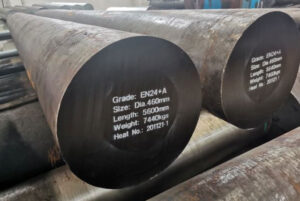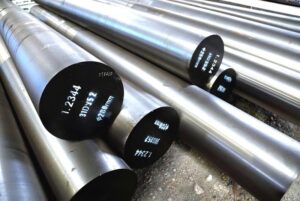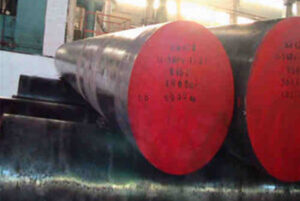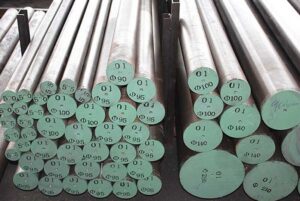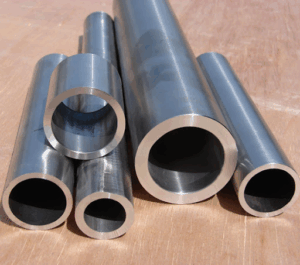Overview of 50NiCrMoA Steel
Ever heard of 50NiCrMoA steel? If you’re into materials engineering or work in industries that demand high-strength components, this name might ring a bell. But if not, don’t worry. We’re about to dive deep into what 50NiCrMoA steel is, why it’s special, and how it’s used in various applications. We’ll also explore different models of this steel, its properties, advantages, disadvantages, and much more. Ready to become a 50NiCrMoA steel expert? Let’s get started!
What is 50NiCrMoA Steel?
50NiCrMoA steel is an alloy steel known for its exceptional toughness and strength. The “50” in its name indicates the percentage of carbon content, which is about 0.50%. The other elements—Nickel (Ni), Chromium (Cr), and Molybdenum (Mo)—contribute to its unique properties, making it suitable for heavy-duty applications. This steel is often used in the manufacturing of components that require high strength and durability, such as gears, crankshafts, and high-stress machinery parts.
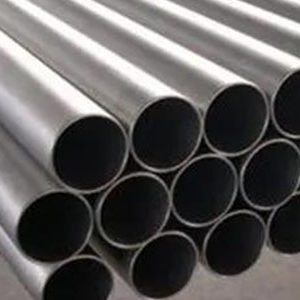
Composition and Properties of 50NiCrMoA Steel
Understanding the composition of 50NiCrMoA steel is crucial as it directly influences its properties. Here’s a detailed look at what makes up this robust material:
| Element | Percentage |
|---|---|
| Carbon (C) | 0.47-0.54% |
| Nickel (Ni) | 0.70-1.00% |
| Chromium (Cr) | 0.70-1.00% |
| Molybdenum (Mo) | 0.15-0.25% |
| Silicon (Si) | 0.17-0.37% |
| Manganese (Mn) | 0.50-0.80% |
| Phosphorus (P) | ≤ 0.035% |
| Sulfur (S) | ≤ 0.035% |
The specific combination of these elements results in a material that boasts high tensile strength, toughness, and excellent fatigue resistance.
Key Properties
- High tensile strength: Can withstand substantial stress without breaking.
- Excellent toughness: Absorbs energy and deforms without fracturing.
- Good fatigue resistance: Endures cyclic loading without failing.
- Decent wear resistance: Maintains surface integrity under friction.
Applications of 50NiCrMoA Steel
Where do you find 50NiCrMoA steel in action? Given its robust properties, it’s used in various high-stress environments:
| Application | Description |
|---|---|
| Automotive | Crankshafts, gears, and other critical components |
| Aerospace | Structural parts, landing gear, and engine components |
| Industrial Machinery | Heavy-duty gears, shafts, and machinery components |
| Oil & Gas | Drilling equipment and heavy-duty fasteners |
| Military | Armored vehicles, weaponry, and protective equipment |
| Construction Equipment | High-stress parts in heavy machinery |
This diverse range of applications showcases the versatility and reliability of 50NiCrMoA steel in demanding industries.
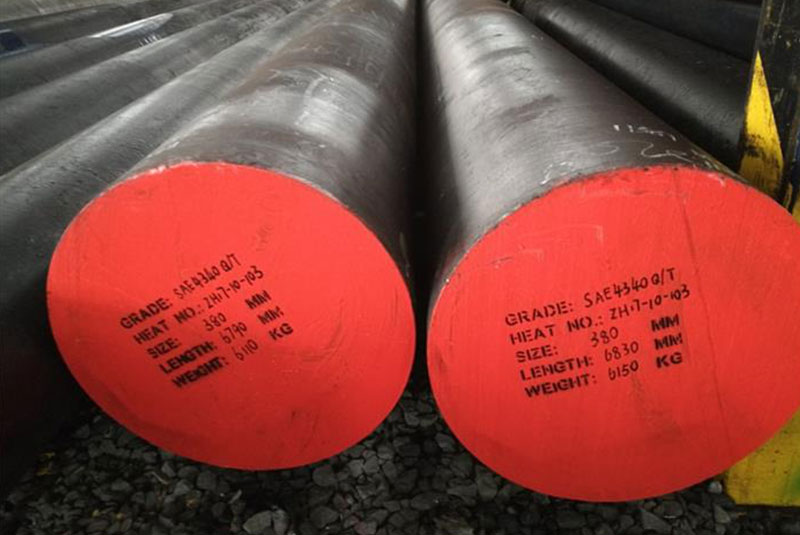
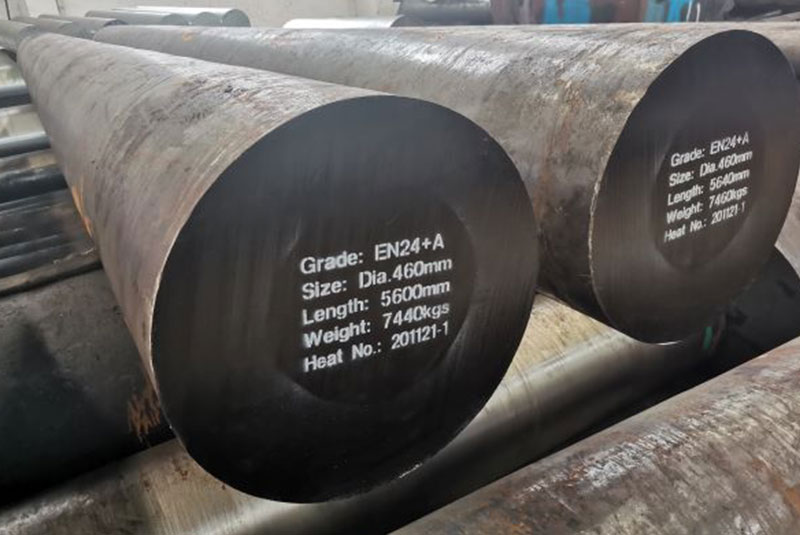
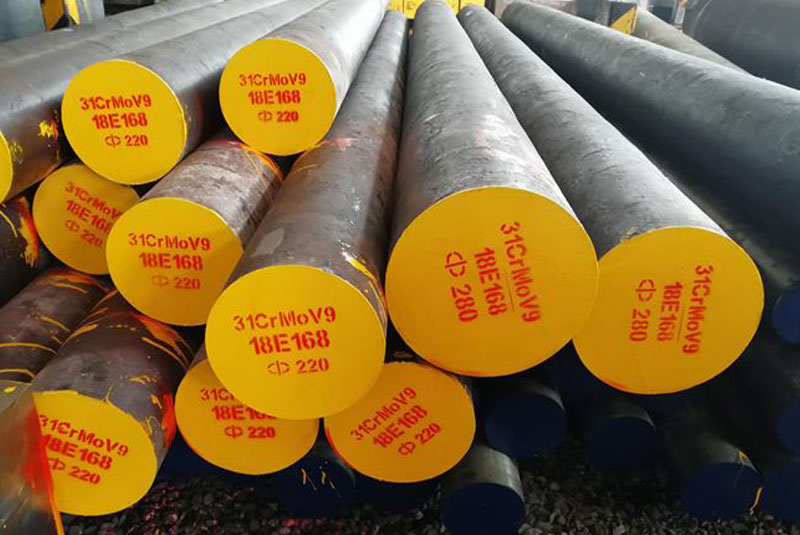
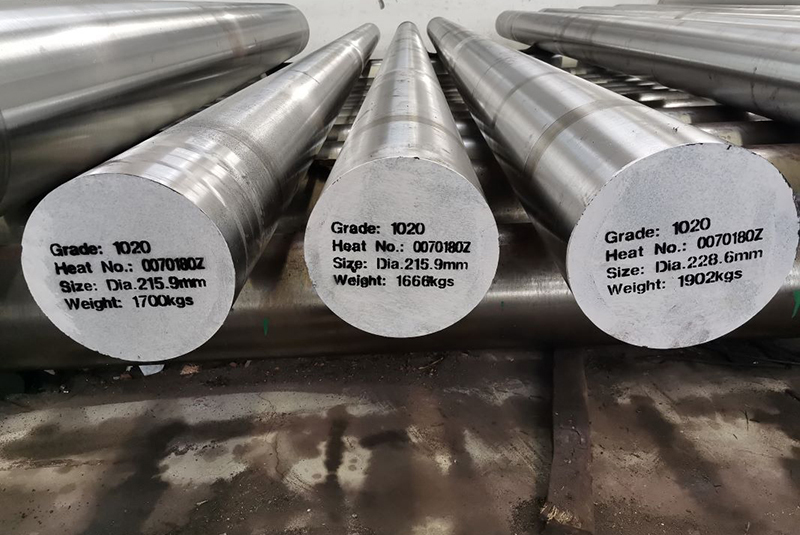
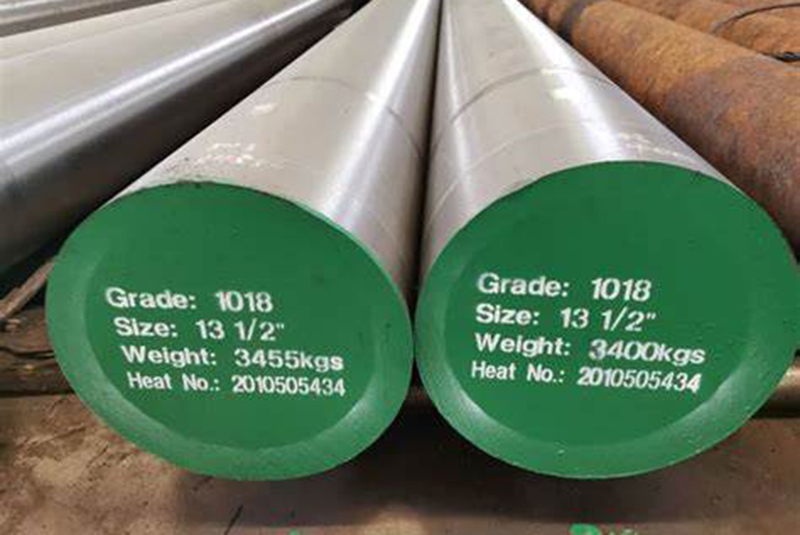
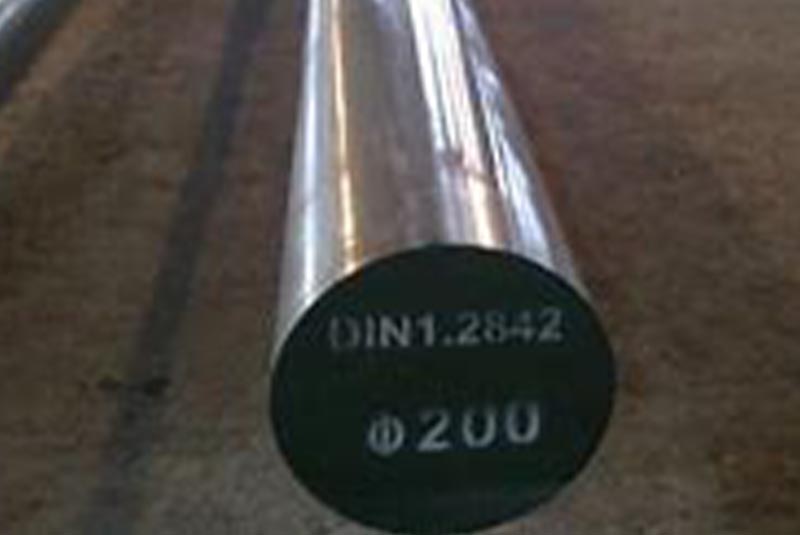
Specific Metal Powder Models
When we talk about metal powders, especially for applications like additive manufacturing or powder metallurgy, specific models are crucial. Here are ten notable metal powder models of 50NiCrMoA steel, each with unique attributes:
- 50NiCrMoA-PM1: Optimized for high-density parts with minimal porosity.
- 50NiCrMoA-PM2: Enhanced for superior wear resistance in automotive applications.
- 50NiCrMoA-PM3: Formulated for aerospace components requiring high fatigue strength.
- 50NiCrMoA-PM4: Designed for industrial machinery with excellent tensile properties.
- 50NiCrMoA-PM5: Tailored for oil and gas applications with enhanced corrosion resistance.
- 50NiCrMoA-PM6: Ideal for military use, offering balanced toughness and strength.
- 50NiCrMoA-PM7: Perfect for high-stress construction equipment parts.
- 50NiCrMoA-PM8: High purity variant for medical devices and specialized tools.
- 50NiCrMoA-PM9: Customized for electrical discharge machining (EDM) applications.
- 50NiCrMoA-PM10: Optimized for additive manufacturing with excellent flow characteristics.
Each model is tailored to specific applications, ensuring that the properties of the steel meet the precise needs of the industry.
Advantages of 50NiCrMoA Steel
What makes 50NiCrMoA steel stand out compared to other materials? Here are some of its key advantages:
- High Strength: The carbon and alloying elements provide significant strength, making it suitable for heavy-duty applications.
- Durability: With excellent toughness and fatigue resistance, this steel can handle cyclic stresses and impacts without degrading.
- Versatility: Used across various industries, from automotive to aerospace, due to its adaptable properties.
- Wear Resistance: Maintains integrity under friction and wear, extending the lifespan of components.
- Machinability: Despite its strength, 50NiCrMoA steel can be machined relatively easily, allowing for complex shapes and designs.
Disadvantages of 50NiCrMoA Steel
No material is perfect, and 50NiCrMoA steel is no exception. Here are some of its drawbacks:
- Cost: The alloying elements and the manufacturing process can make this steel relatively expensive.
- Corrosion Resistance: While it has some resistance due to chromium, it’s not as corrosion-resistant as stainless steel.
- Weight: High-density steel can add significant weight to components, which may not be ideal for all applications.
- Heat Treatment Requirements: To achieve the desired properties, 50NiCrMoA steel often requires precise heat treatment processes, adding to its production complexity.

Specifications, Sizes, Grades, and Standards
When working with 50NiCrMoA steel, knowing its specifications and standards is essential. Here’s a comprehensive look at the common specifications, sizes, and grades:
| Specification | Size Range | Grade | Standard |
|---|---|---|---|
| 50NiCrMoA-42 | 20-300 mm | 50NiCrMoA | ASTM A29 |
| 50NiCrMoA-50 | 10-250 mm | 50NiCrMoA | DIN 1.2767 |
| 50NiCrMoA-60 | 15-200 mm | 50NiCrMoA | JIS G4053 |
| 50NiCrMoA-70 | 25-150 mm | 50NiCrMoA | EN 10083-3 |
| 50NiCrMoA-80 | 30-100 mm | 50NiCrMoA | ISO 683-2 |
Common Standards and Their Significance
- ASTM A29: Covers general requirements for steel bars.
- DIN 1.2767: German standard for high-strength steels.
- JIS G4053: Japanese Industrial Standard for alloy steels.
- EN 10083-3: European standard for quenching and tempering steels.
- ISO 683-2: International standard for heat-treatable steels.
These standards ensure that the steel meets specific mechanical and chemical properties, guaranteeing performance and reliability.
Suppliers and Pricing Details
Finding the right supplier for 50NiCrMoA steel is crucial for ensuring quality and cost-effectiveness. Here are some notable suppliers and their approximate pricing:
| Supplier | Region | Price per kg | Contact |
|---|---|---|---|
| Steel Dynamics Inc. | North America | $3.50 | [email protected] |
| Thyssenkrupp | Europe | €4.00 | [email protected] |
| Baosteel | Asia | ¥25.00 | [email protected] |
| Nippon Steel | Japan | ¥30.00 | [email protected] |
| ArcelorMittal | Global | $4.20 | [email protected] |
| Voestalpine | Austria | €4.10 | [email protected] |
| POSCO | South Korea | ₩4500 | [email protected] |
| US Steel | USA | $3.80 | [email protected] |
| Tata Steel | India | ₹280 | [email protected] |
| JFE Steel | Japan | ¥29.00 | [email protected] |
Prices can vary based on order volume, delivery terms, and market conditions. It’s always best to contact suppliers directly for precise quotes.
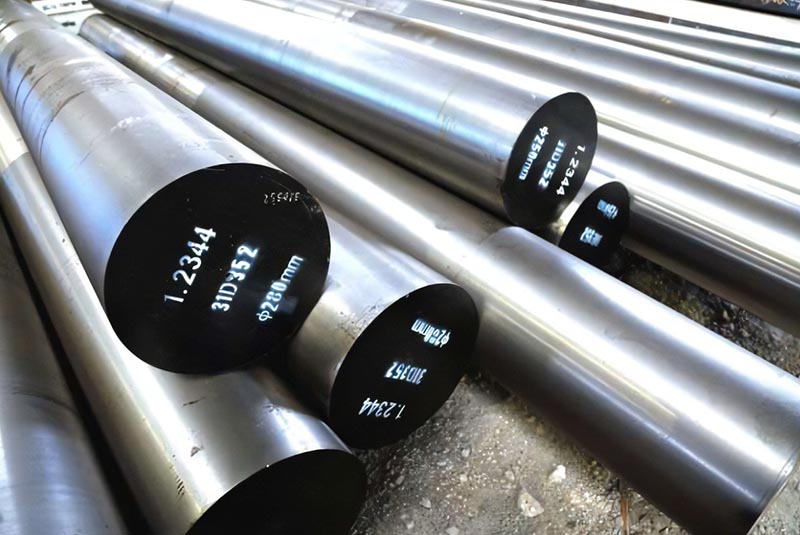
Pros and Cons: Advantages and Limitations
When choosing 50NiCrMoA steel for your project, it’s essential to weigh its pros and cons:
| Aspect | Advantages | Limitations |
| Strength | Exceptional tensile and impact strength | Higher density adds weight |
| Durability | Long lifespan with excellent wear resistance | Requires precise heat treatment |
| Versatility | Suitable for various high-stress applications | Less corrosion-resistant compared to stainless steels |
| Machinability | Can be machined into complex shapes | Higher production cost |
| Fatigue Resistance | Handles cyclic loading well | Moderate corrosion resistance |
Comparing 50NiCrMoA Steel with Other Steels
How does 50NiCrMoA steel compare to other popular steel types? Let’s see how it stacks up against a few well-known alternatives:
| Parameter | 50NiCrMoA Steel | 4140 Steel | 304 Stainless Steel | Tool Steel D2 |
|---|---|---|---|---|
| Strength | High | Moderate | Lower | Very High |
| Toughness | Excellent | Good | Excellent | Moderate |
| Wear Resistance | Good | Good | Moderate | Excellent |
| Corrosion Resistance | Moderate | Low | High | Low |
| Machinability | Good | Excellent | Moderate | Poor |
| Cost | Higher | Moderate | Higher | Higher |
| Applications | Heavy-duty machinery, automotive | Automotive, structural parts | Food processing, medical devices | Cutting tools, dies |
Key Comparisons
- 50NiCrMoA vs. 4140 Steel: 50NiCrMoA is stronger and tougher but more expensive.
- 50NiCrMoA vs. 304 Stainless Steel: 50NiCrMoA is tougher and stronger, but 304 offers better corrosion resistance.
- 50NiCrMoA vs. Tool Steel D2: D2 has superior wear resistance, but 50NiCrMoA offers better toughness and machinability.
Each steel type has its unique advantages, and the choice depends on the specific requirements of the application.
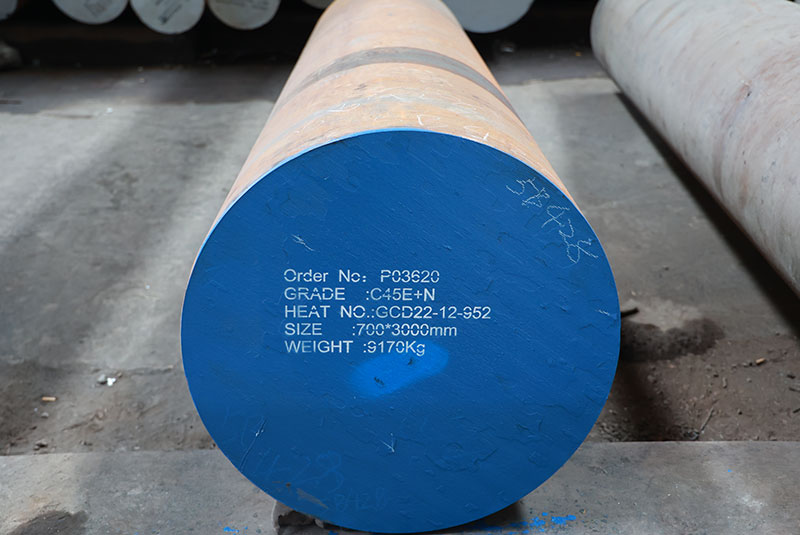
FAQ
| Question | Answer |
|---|---|
| What is 50NiCrMoA steel? | It’s an alloy steel with high strength and toughness, used in heavy-duty applications. |
| What are the key properties of 50NiCrMoA steel? | High tensile strength, excellent toughness, good fatigue and wear resistance. |
| Where is 50NiCrMoA steel commonly used? | In automotive, aerospace, industrial machinery, oil & gas, military, and construction equipment. |
| How does 50NiCrMoA steel compare to 4140 steel? | 50NiCrMoA is stronger and tougher but generally more expensive. |
| Is 50NiCrMoA steel corrosion-resistant? | It has moderate corrosion resistance, not as high as stainless steels. |
| What are the disadvantages of 50NiCrMoA steel? | Higher cost, moderate corrosion resistance, and the need for precise heat treatment. |
| Who supplies 50NiCrMoA steel? | Major suppliers include Steel Dynamics Inc., Thyssenkrupp, Baosteel, and Nippon Steel. |
| What are the typical specifications of 50NiCrMoA steel? | Sizes range from 10 to 300 mm, and it adheres to standards like ASTM A29 and DIN 1.2767. |
| How does 50NiCrMoA steel perform in high-stress environments? | It performs exceptionally well, thanks to its high strength and fatigue resistance. |
| Can 50NiCrMoA steel be machined easily? | Yes, it has good machinability, making it suitable for complex shapes and designs. |
By answering these frequently asked questions, we hope to have addressed some of the common queries about 50NiCrMoA steel, helping you make more informed decisions.
Conclusion
50NiCrMoA steel is a remarkable material known for its high strength, toughness, and versatility. From automotive to aerospace, this alloy steel finds its place in various high-stress applications due to its robust properties. While it does have its disadvantages, such as cost and moderate corrosion resistance, its benefits often outweigh these drawbacks, making it a preferred choice for many engineers and manufacturers. Whether you’re looking to understand its composition, compare it with other steels, or find the right supplier, this comprehensive guide provides all the information you need. Dive into the world of 50NiCrMoA steel, and discover why it’s a cornerstone in the field of materials engineering.

